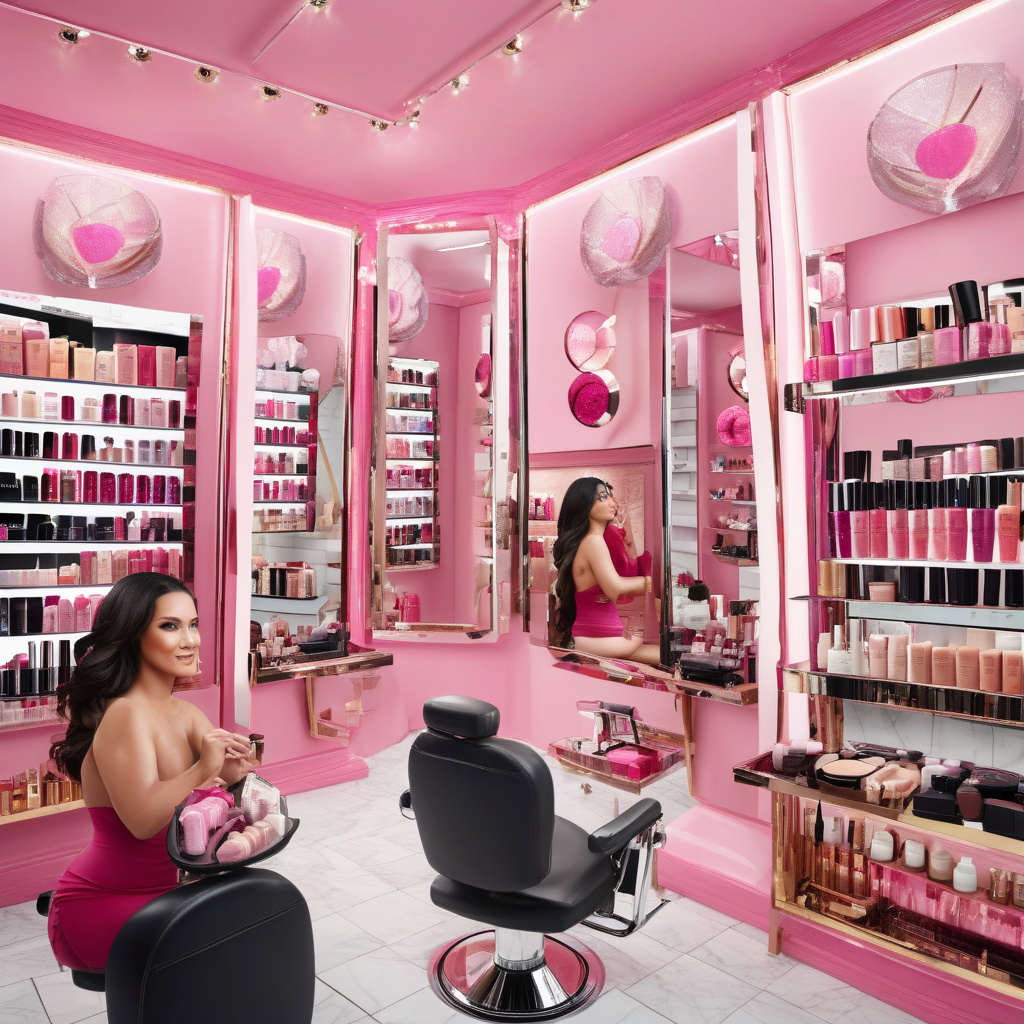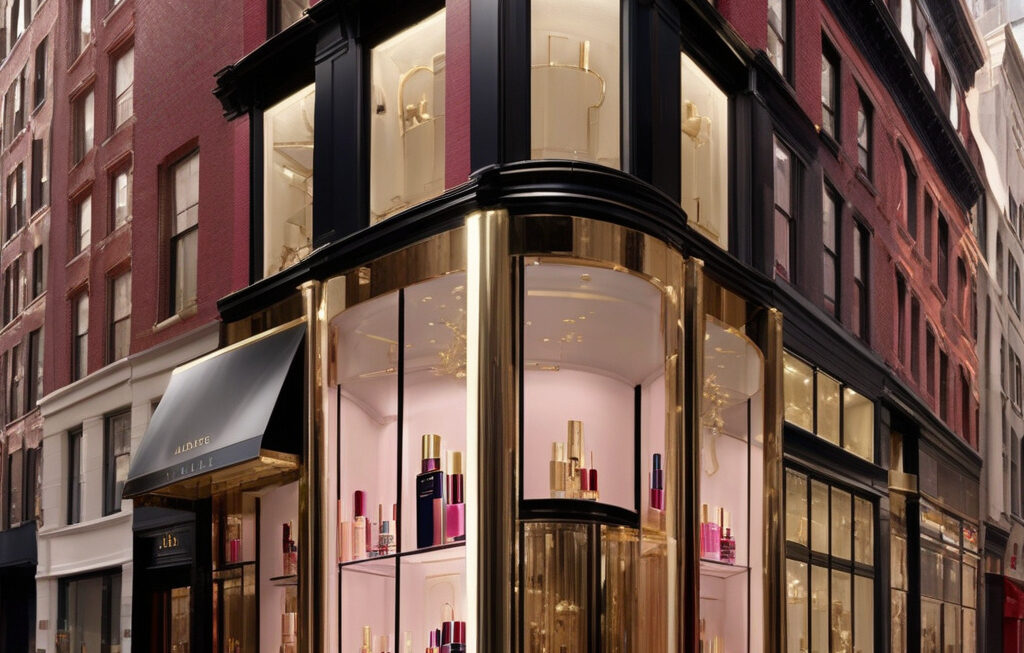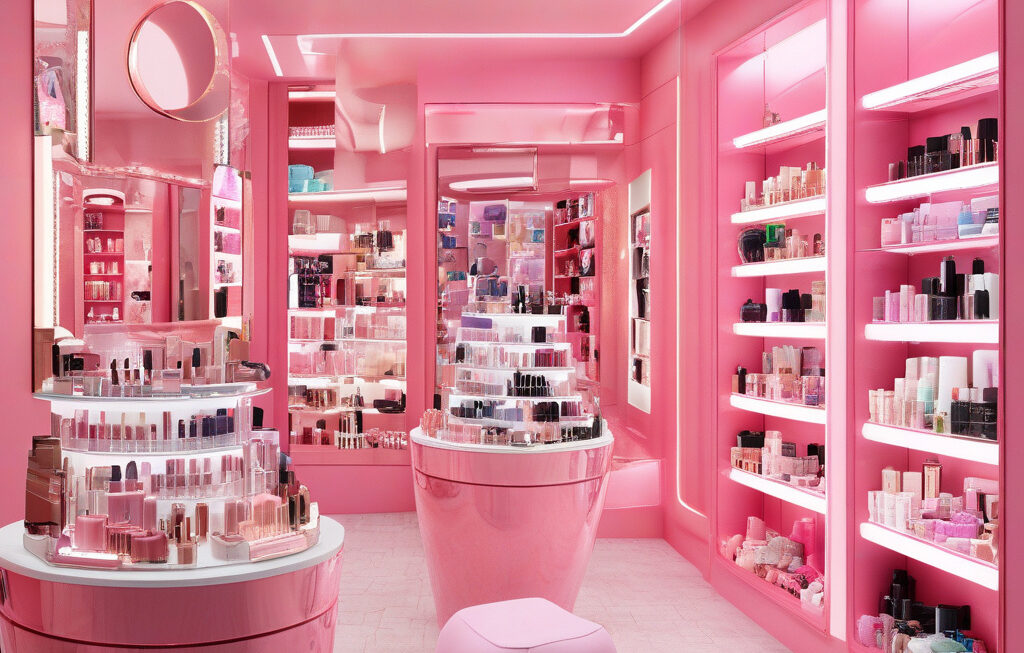Trump’s Tariffs: Beauty’s Winners and Losers
The beauty industry is a thriving market, with consumers constantly seeking the latest trends and products to enhance their appearance. From skincare to makeup, the demand for beauty products continues to rise globally. However, recent developments in the political landscape, specifically President-elect Donald Trump’s proposal to increase tariffs on foreign-made goods, could have a significant impact on beauty brands, both positively and negatively.
One of the major implications of Trump’s tariffs on beauty brands is the potential disruption to their global supply chains. Many beauty companies rely on sourcing ingredients, packaging, and manufacturing from overseas suppliers to keep up with consumer demand. By imposing tariffs on these foreign-made goods, brands could face higher production costs, leading to a decrease in profit margins. This, in turn, could result in an increase in product prices for consumers, making it less competitive in the market.
E.l.f. Cosmetics, known for its affordable and trendy makeup products, could be one of the companies facing challenges due to Trump’s tariffs. The brand heavily relies on overseas suppliers for its products, and an increase in tariffs could significantly impact its bottom line. With higher production costs, E.l.f. Cosmetics may have to reevaluate its pricing strategy and potentially lose its competitive edge in the market.
On the other hand, some beauty brands may benefit from Trump’s tariffs by promoting their products as domestically made. Consumers are becoming increasingly conscious of where their products come from and are more inclined to support brands that prioritize local manufacturing. Companies that already produce their products domestically, such as Jolie, a skincare brand known for its organic and sustainable products, could see an increase in sales as consumers shift towards supporting American-made products.
Moreover, beauty brands that invest in research and development to innovate new products domestically may also stand to gain from Trump’s tariffs. By focusing on creating unique and high-quality products locally, these brands can differentiate themselves in the market and appeal to consumers looking for innovative solutions.
Overall, the beauty industry is facing a period of uncertainty with the potential implementation of Trump’s tariffs on foreign-made goods. While some brands like E.l.f. Cosmetics may struggle with higher production costs and disrupted supply chains, others like Jolie may thrive by highlighting their domestic manufacturing practices. As the beauty market continues to evolve, brands will need to adapt to these changes to remain competitive and meet the shifting demands of consumers.
In conclusion, the impact of Trump’s tariffs on the beauty industry is a complex issue that will require brands to rethink their strategies and operations. By understanding the potential challenges and opportunities that these tariffs present, beauty companies can navigate this uncertain landscape and emerge as winners in the ever-changing market.
tariffs, beauty industry, E.l.f. Cosmetics, Jolie, supply chains












